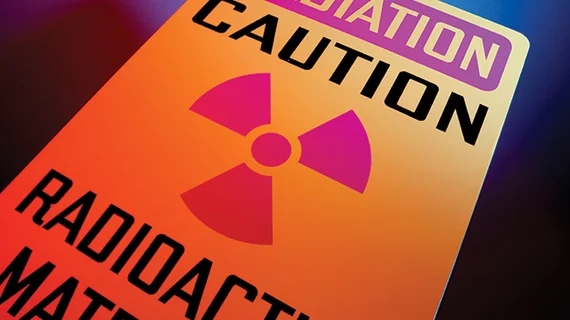Education materials miss the mark on informing patients about radiation safety
A recent study published in Insights into Imaging revealed that patients are running into roadblocks while trying to stay updated on healthcare and medical information.
Given 98% of people who live in modernized and developed countries have internet access at their fingertips, a lack of educational materials is not the core of the issue. Rather, the study reports that a lack of information that is easily comprehensible for patients is the root concern, especially when it comes to data pertaining to radiation safety.
From 14 well known resources, the study examined 84 articles covering radiation safety. Using eight different analytical instruments, the articles were compared to sixth- and eighth-grade reading levels. The results showed that patient education materials read at an average reading level of 13.3. None of the articles read at or below sixth- or eighth-grade levels.
The average American reads between a sixth- and eighth-grade level, with some falling below the fifth-grade mark. Because of this, organizations like the American Medical Association and the National Institutes of Health recommend keeping patient education materials at or below a sixth-grade reading level. Given that the reading level results of this study surpass the recommended range, there is a clear disconnect between the materials patients are reading and the information they are comprehending.
“Concern for radiation exposure has increased in decades as the volume of imaging tests performed increased.” Frances T. Delaney, MBBS, with the Department of Radiology at Mater Misericordiae University Hospital in Dublin, Ireland, and co-authors wrote. “Two-thirds of people report worrying about the health risks associated with radiation exposure during imaging tests, and 12% report high levels of worry. Patient anxiety may negatively impact quality of life and lead to avoidance of imaging tests.”
When patients don’t properly understand the risks versus the benefits of radiation exposure involved in medical imaging, they’re more likely to avoid medically necessary diagnostic exams. This creates obstacles in achieving proper patient care and could delay critical diagnoses, further solidifying the need for reading-level-appropriate patient education materials, the authors noted.
You can read the full study here.

